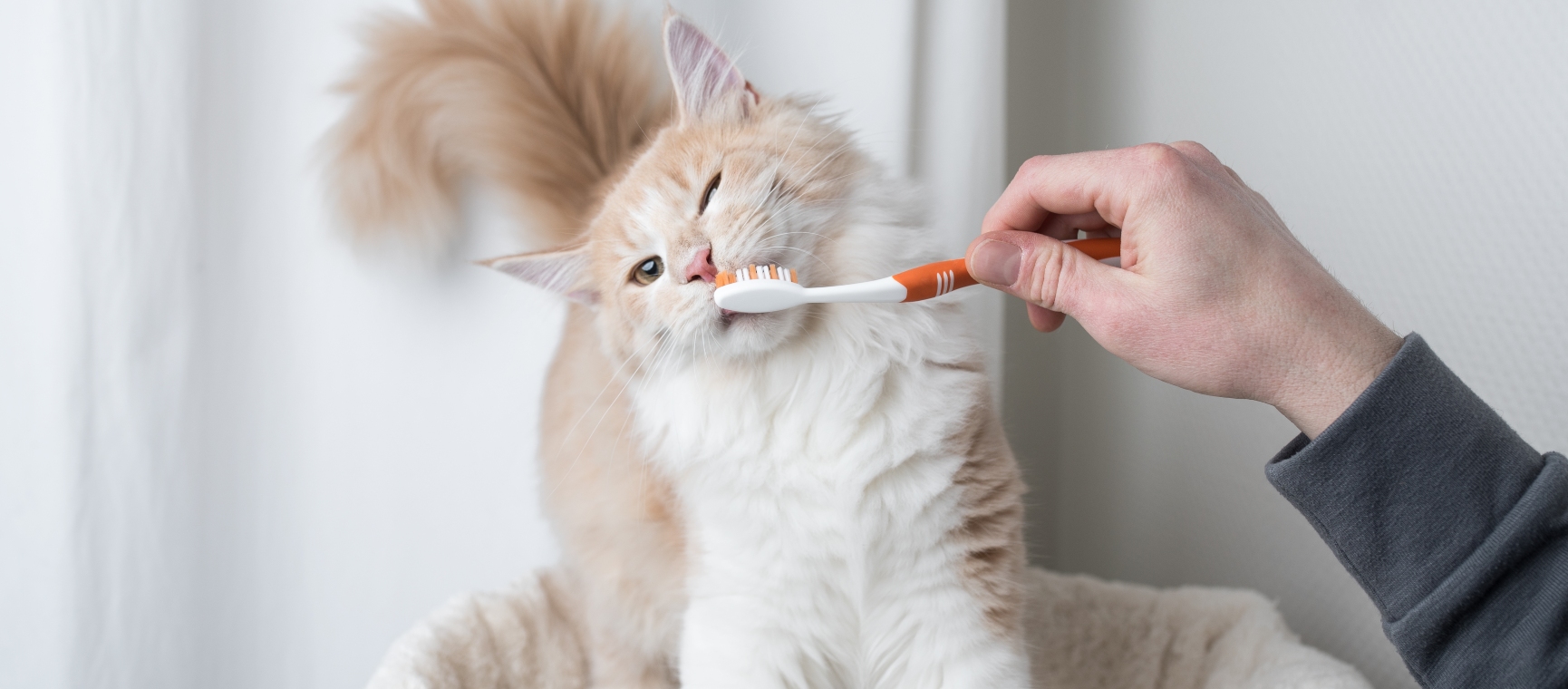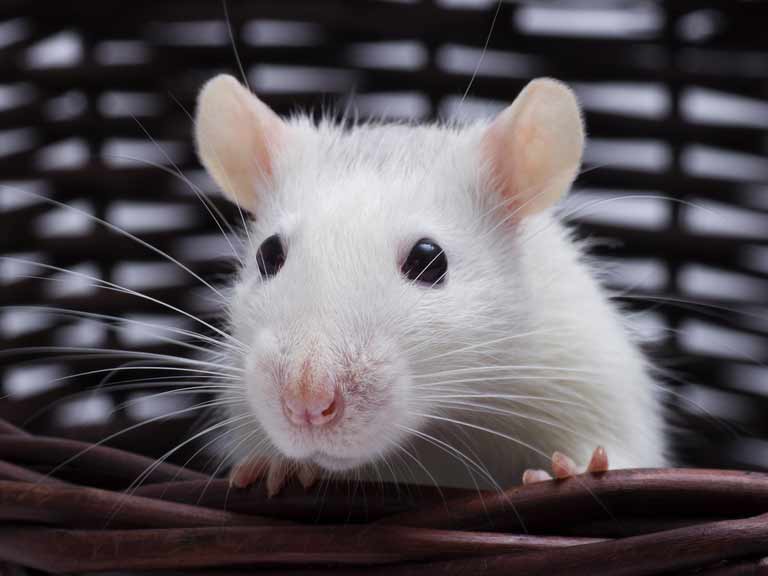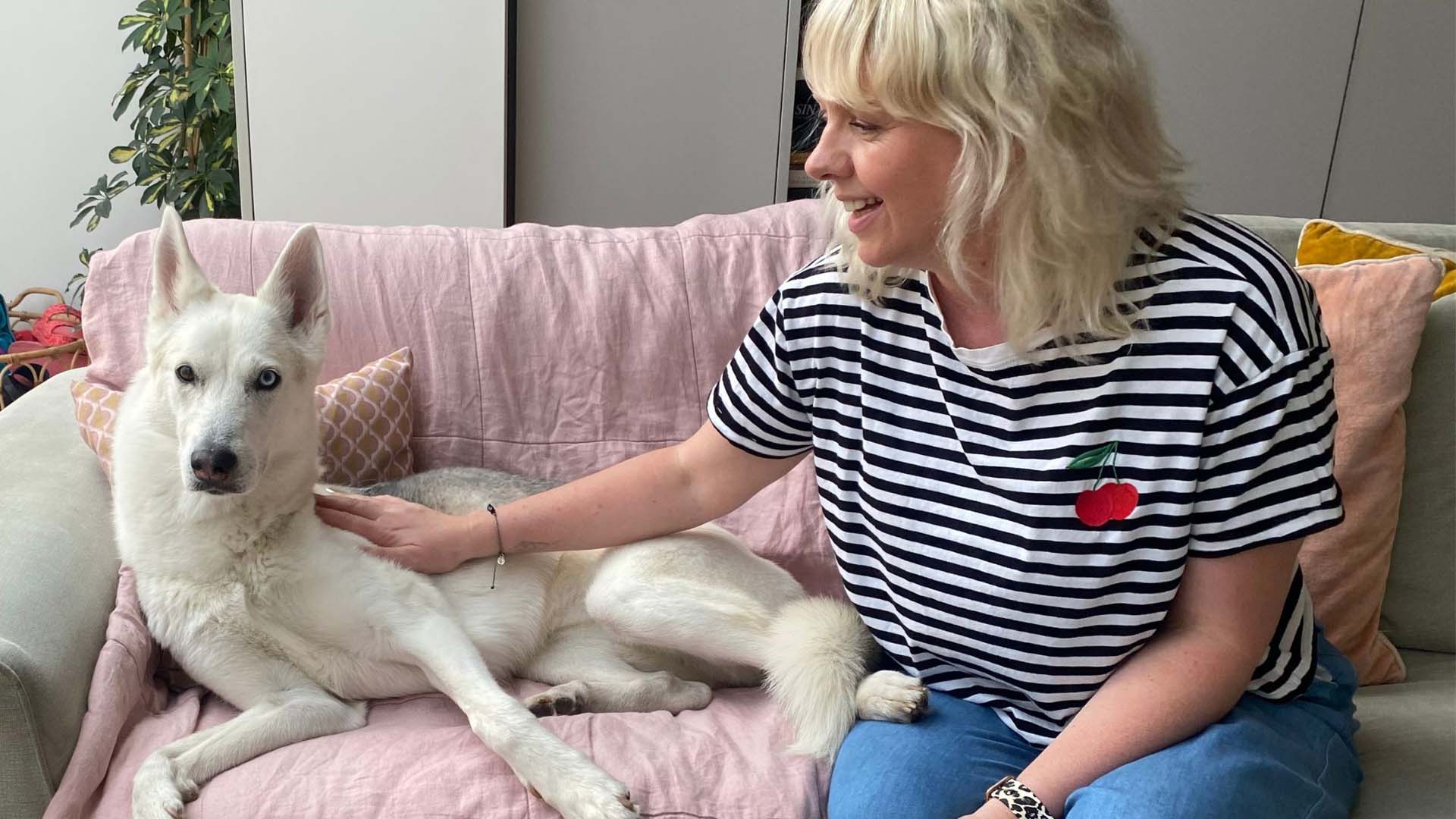Should I brush my cat's teeth? Dr Bruce Fogle on how to avoid costly dental problems
Our vet columnist advises on common feline dental problems and why you should brush your cat's teeth.

Our vet columnist advises on common feline dental problems and why you should brush your cat's teeth.

The cats I see at my clinic live in secure, middle class homes. They have caring humans to look after them, and selections of tasty foods to choose from. Why then do three out of four of these well-cared-for cats have dental disease?
The answer, of course, is us. We’ve selected some breeds like Persians and British Shorthairs for short noses. That crowds their teeth so much they don’t get cleaned well when food is chewed.
Even more common, most of us give in to our cats’ demands and feed them what they want, not what’s good for them. A street cat eats the hard bits of prey as well as the soft bits. Our pet cats often demand that we feed them soft food, with extra jelly please!
Another challenge is a variety of viral diseases such as leukaemia virus, immunodeficiency virus and calicivirus, which all cause serious gum inflammation – gingivitis – that can be difficult to overcome.
However, most gingivitis is not caused by viral infections, and mild gingivitis is easy to reverse. All a cat needs to do is routinely chew on moderately hard food such as real bones. Dogs usually wolf down their food but cats are fastidious eaters, and if you give one a chicken neck it will slowly and happily demolish it.
And in more than 50 years in practice I can’t recall ever seeing a cat that needed a surgical intervention for an intestinal impaction from chicken bones.

Dental disease in cats is insidious and slowly progressive. It starts as plaque – an invisible film of bacteria – on the teeth. If this isn’t removed, for example by the abrasive action of eating chicken wings, it hardens into visible yellow-brown tartar. This must be removed by a vet, with the cat under anaesthetic.
Plaque has other dangers, such as causing inflammation around the tooth, damaging the ligaments that surround and support the tooth, and tooth extraction is the only option.
Even more common are tooth cavities, which are extremely sensitive and painful. When I see a cat that has become unexpectedly irritable, the first thing I look at are its teeth and gums. Removing the tooth with the cavity almost instantly eliminates the associated pain.
Very often, dental X-rays are the only way to see which teeth have these cavities. Fortunately, most vet clinics today are equipped to treat dental disease in pets.
But cat owners can do their bit by brushing their cats’ teeth, and there are some tips about how to do this.
Dr Bruce Fogle is a Canadian-born vet with over 40 years’ clinical experience in London and the world’s best-selling practicing vet with books in more than 35 languages.
Dr Fogle is co-founder of Hearing Dogs for Deaf People and was appointed an MBE for services to deaf people; the British Small Animal Veterinary Association awarded him honorary life membership and he is chair of the Humane Society International - an international animal charity.
He is also the father of television presenter Ben Fogle.

While iPhones for pooches are a way off, there’s plenty of dog tech you can still invest in.




